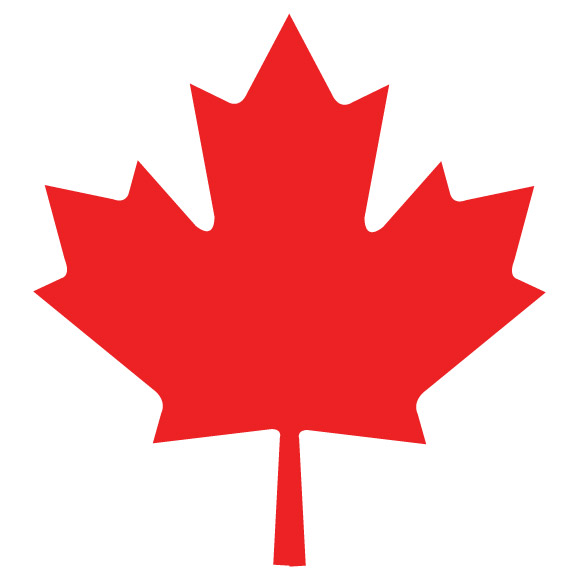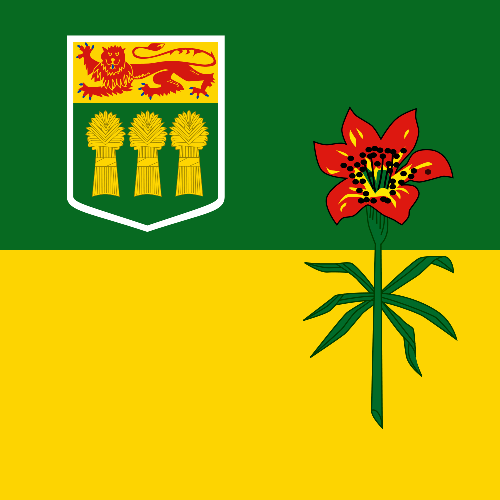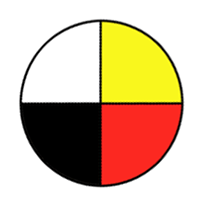Extend and apply understanding of transformations on 2-D shapes and 3-D objects including:
- translations
- rotations
- reflections
- dilations.
[C, CN, R, T, V]
| (a) |
Analyze original 2-D shapes and 3-D objects and their images to identify and justify the single transformation that was performed. |
| (b) |
Draw the image of 2-D shapes given:
|
| (c) |
Create designs using translations, rotations, and reflections in all four quadrants of a coordinate grid. |
| (d) |
Analyze and describe designs that involve translations, rotations, and reflections in all four quadrants of a coordinate grid, and explain the reasoning. |
| (e) |
Research and present, orally, in writing, or using multimedia, applications of transformations using examples and illustrations in construction, industrial, commercial, domestic, and artistic contexts. |
| (f) |
Analyze and generalize the relationship between reflections and lines or planes of symmetry. |
| (g) |
Explain how and why the concept of similarity can be used to determine if an image is a dilation of a given shape, and provide examples. |
| (h) |
Determine whether or not given images are dilations of given shapes and explain the reasoning. |
| (i) |
Draw, with or without technology, a dilation image for a given 2-D shape and 3-D object, and explain how the original 2-D shape or 3-D object and its image are proportional. |
| (j) |
Solve contextual problems that involve transformations and explain the reasoning. |






